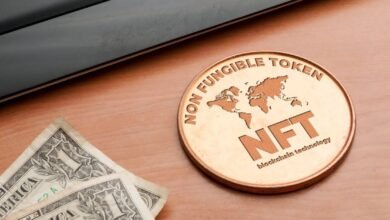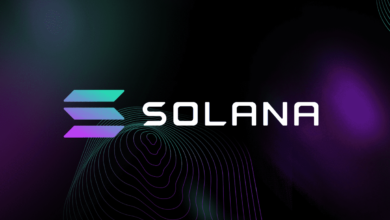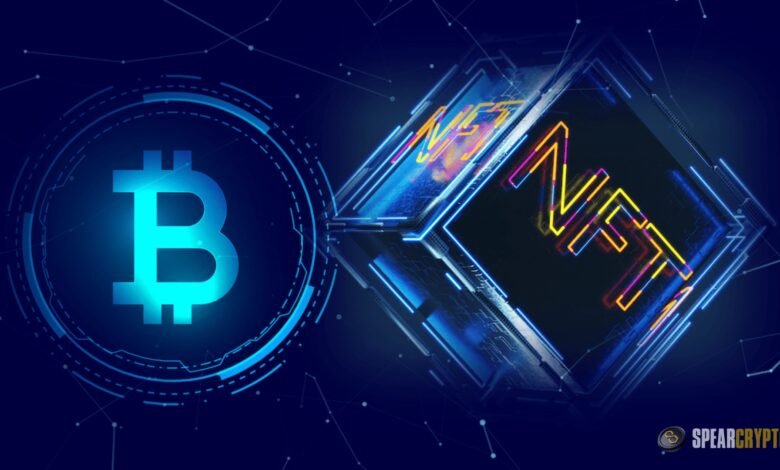
In the rapidly evolving world of blockchain technology and digital assets, Bitcoin NFTs have emerged as a significant innovation. At the same time, Bitcoin is predominantly known as a decentralized digital currency. Its underlying blockchain technology is now being leveraged to support the creation and exchange of NFTs. This development has profound implications for the art world, digital ownership, and the broader cryptocurrency ecosystem. This article explores the origins, mechanics, and potential future of Bitcoin and its impact on various sectors.
Origins of NFTs
Before delving into Bitcoin, it’s essential to understand the concept of NFTs. Non-fungible tokens are unique digital assets representing ownership or proof of authenticity of a specific item or content. However, it can be used in digital art, music, videos, or virtual real estate. Unlike cryptocurrencies like Bitcoin or Ethereum, NFTs are distinct and fungible and can be exchanged one-to-one. Another identical item cannot replace them.
At the beginning of 2021, NFTs were all the rage because of platforms like OpenSea, which is based on Ethereum, Rarible, and NBA Top Shot. They made making, selling, and trading these digital collectibles easy. With the advent of NFTs, creatives found a new opportunity to make money from their work. This led to a boom in popularity and some high-profile sales, such as Beeple’s “Everyday: The First 5000 Days,” which fetched $69 million at Christie’s.
Bitcoin and NFTs A New Frontier
Bitcoin, the first and most well-known cryptocurrency, was not initially designed to support NFTs. Its blockchain is primarily optimized for secure, decentralized transactions of its native currency, BTC. However, the rise of Bitcoin NFTs represents a significant shift. The blockchain landscape enables the world’s most secure and widely adopted blockchain to support unique digital assets.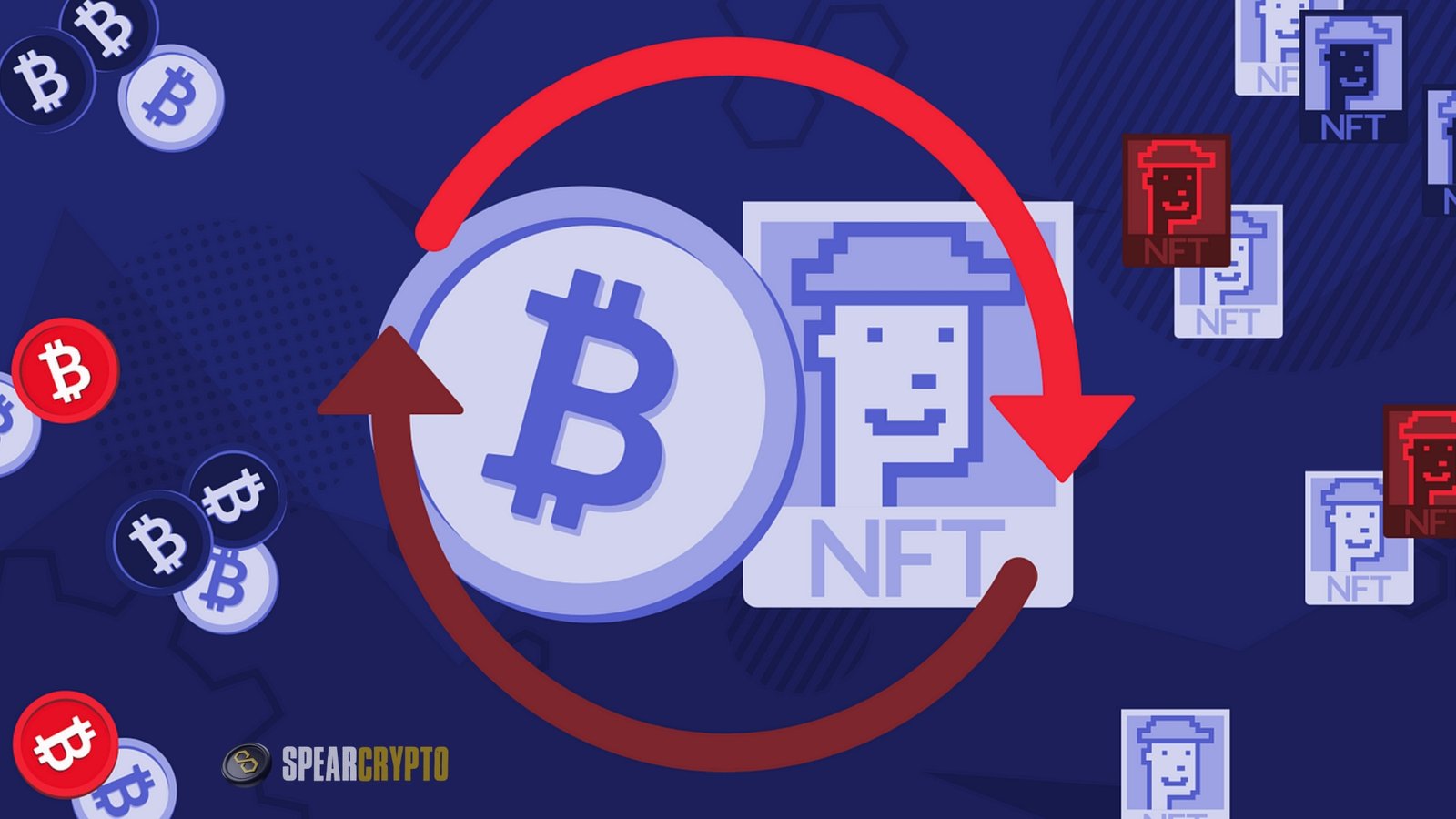
The advent of Bitcoin can be traced back to the development of protocols like Counterparty and Stacks. These protocols build on the Bitcoin blockchain, introducing additional functionalities without altering the core network.
Counterparty The Early Pioneer
Counterparty, launched in 2014, is one of the earliest platforms to enable the creation of NFTs on the Bitcoin blockchain. By embedding data into Bitcoin transactions, Counterparty allows users to issue and trade tokens representing anything from digital art to in-game assets. One of the first notable projects on Counterparty was Spells of Genesis, a blockchain-based trading card game that utilized NFTs for its cards.
Stacks Smart Contracts on Bitcoin
Stacks, formerly known as Blockstack, takes a different approach by introducing a separate blockchain that connects to Bitcoin. It brings intelligent contract functionality to Bitcoin, enabling more complex interactions and the creation of NFTs. The Stacks blockchain uses a unique consensus mechanism called Proof of Transfer (PoX), which leverages the security of the Bitcoin network.
With Stacks, developers can create decentralized applications (dApps) and NFTs directly tied to Bitcoin. They were benefiting from Bitcoin’s robust security and widespread adoption. Projects like Boom and StacksArt are examples of NFT marketplaces that utilize the Stacks blockchain.
Mechanics of Bitcoin NFTs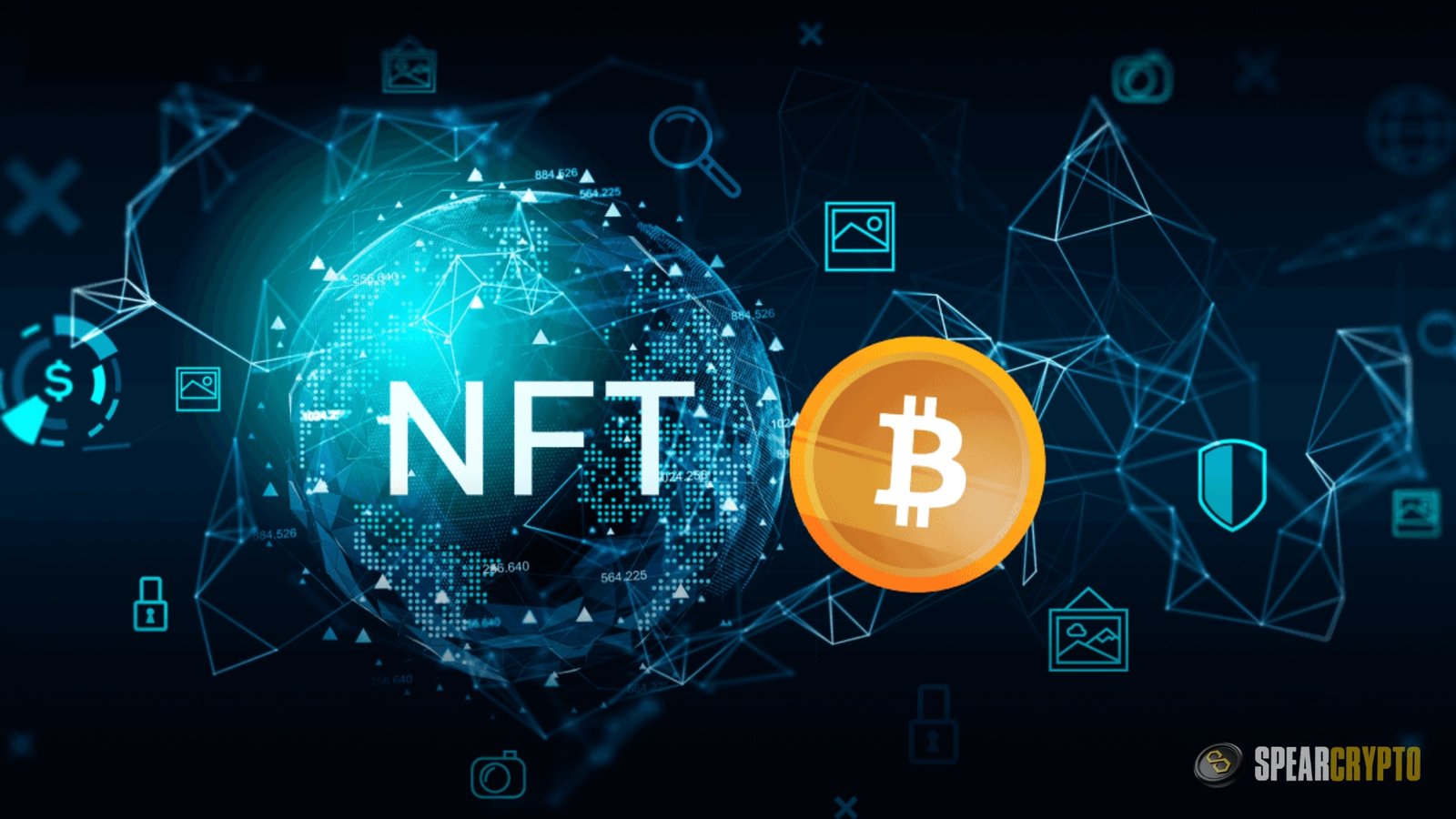
Creating and trading NFTs on the Bitcoin blockchain involves a combination of Bitcoin transactions and metadata storage. Here’s a simplified overview of the process:
- Token Creation: Non-fungible tokens (NFTs) are produced by incorporating metadata into Bitcoin transactions. This metadata includes a link to the digital asset’s file and information on the digital asset itself, such as its name and description. Protocols such as Counterparty are responsible for managing this embedding process.
- Ownership and Transfer: A Bitcoin NFT’s ownership is tied to a specific Bitcoin address. When the NFT is transferred, the ownership metadata is updated through a new Bitcoin transaction, effectively transferring the NFT to the recipient’s address.
- Verification: The Bitcoin blockchain provides a public ledger recording all transactions. This transparency allows anyone to examine the blockchain to verify a Bitcoin NFT’s authenticity and ownership history.
- Interoperability: While Bitcoin NFTs are primarily traded within platforms that support Bitcoin-based tokens, cross-chain solutions and bridges are being developed to enhance interoperability with other blockchains, expanding the potential market for NFTs.
Impact on the Art and Collectibles Market
The rise of Bitcoin has significant implications for the art and collectibles market. Artists and creators now have an additional platform to showcase and monetize their work, reaching a new audience of Bitcoin enthusiasts. The security and transparency of the Bitcoin blockchain provide confidence to buyers, knowing that the authenticity and ownership of their digital assets can be easily verified.
Moreover, Bitcoin offers a solution to some of the traditional NFTs’ challenges, such as concerns about the environmental impact of Ethereum’s Proof of Work (PoW) consensus mechanism. While Bitcoin also uses PoW, integrating NFTs on Bitcoin leverages. The existing security infrastructure does not significantly increase the network’s carbon footprint.
Use Cases for Bitcoin NFTs
The popularity of Bitcoin NFTs has grown in gaming, art, and collectibles. Among the most prevalent use cases of NFTs are:
Digital Art
Digital works artists can be tokenized as Bitcoin, providing a transparent and safe means of distribution and sale. With Bitcoin NFTs, artists may keep total creative control and access to their works, opening up new revenue streams.
Collectibles
Collectibles such as trade cards or in-game virtual objects can be tokenized using non-fungible Bitcoin tokens, an excellent method. When it comes to trading or selling their items on various platforms, collectors can utilize their possessions as evidence of ownership and rarity that they own.
Virtual Real Estate
With the rise in popularity of virtual worlds and metaverses comes the opportunity to use Bitcoin NFTs to symbolize ownership of virtual land or property within these online spaces. Users can now purchase, sell, and build virtual real estate, opening up new avenues for investment and innovation.
Domain Names
Bitcoin NFTs can likewise represent domain name ownership on the Bitcoin blockchain. We can now trade and transfer domain names using a decentralized and safe method, eliminating the need for centralized domain registrars.
Advantages of Bitcoin NFTs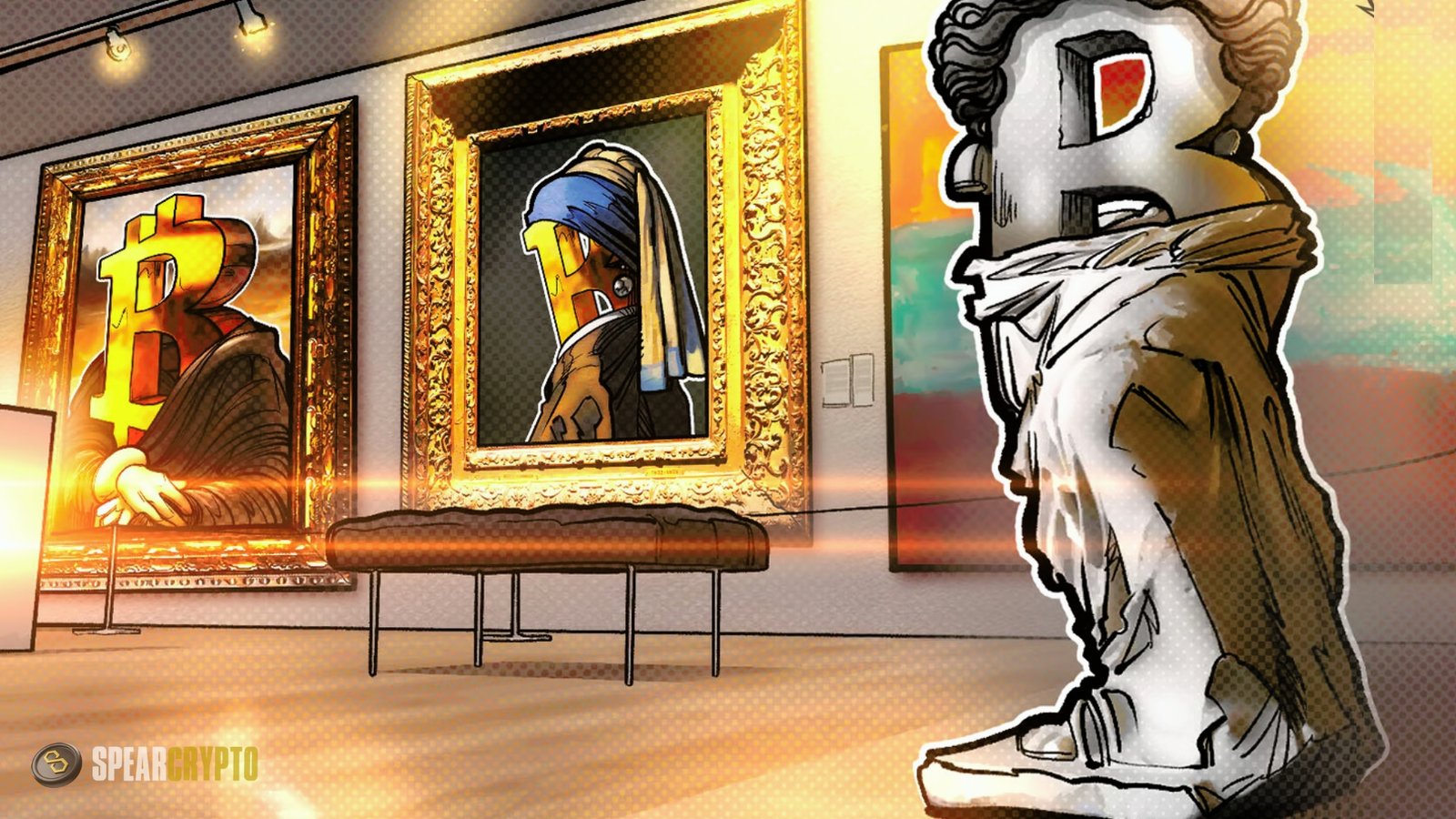
There are several advantages that Bitcoin non-fungible tokens offer over traditional forms of ownership and digital assets:
Transparency
By utilizing the immutability of the Bitcoin blockchain, Bitcoin makes it possible for anybody to check a digital asset’s ownership and transaction history. Thanks to this immutability, the validity and provenance of the NFT can be easily checked, which lowers the possibility of fraud or counterfeit commodities.
Security
Because of the security of the Bitcoin network, the ownership records of Bitcoin are strictly protected from unauthorized parties tampering or altering. Blockchain technology is impervious to censorship and manipulation since it is decentralized, meaning no one entity controls the network.
Immutability
Changing or removing a Bitcoin NFT is impossible after it has been established and recorded on the blockchain. By doing so, we can be sure that the digital asset’s ownership and transaction history will be preserved in perpetuity.
Interoperability
Because the Bitcoin blockchain uses established protocols, Bitcoin may be readily exchanged between wallets or platforms. Their interoperability, which enables smooth integration with numerous marketplaces and platforms, enhances their liquidity and accessibility.
Challenges and Criticisms
Despite their potential, Bitcoin NFTs face several challenges and criticisms:
- Scalability: Compared to other blockchains like Ethereum, the Bitcoin network has limited transaction throughput. This limitation could hinder the widespread adoption of NFTs, especially during periods of high network congestion.
- Flexibility: Bitcoin’s scripting language is less flexible than Ethereum’s Solidity, which could restrict the complexity of smart contracts and NFTs created on the Bitcoin blockchain.
- Market Competition: Ethereum and other blockchain platforms have a head start in the NFT space with established marketplaces, communities, and developer ecosystems. Bitcoin NFTs must compete with these entrenched platforms to gain traction.
- Environmental Concerns: Although Bitcoin NFTs can potentially reduce additional ecological impact, the overall energy consumption of the Bitcoin network remains a concern. Critics argue that any increase in transaction volume, including NFT transactions, contributes to Bitcoin’s carbon footprint.
Future of Bitcoin NFTs
The future of Bitcoin looks promising, driven by ongoing technological advancements and growing interest from artists, collectors, and developers. Several trends and developments are worth watching:
- Enhanced Protocols: Protocols like Counterparty and Stacks could be improved. Bitcoin’s functionality and scalability make it more competitive with Ethereum-based NFTs.
- Cross-Chain Interoperability: As cross-chain solutions mature, Bitcoin NFTs could become more accessible to users on other blockchains, broadening their appeal and market reach.
- Institutional Adoption: Increased interest from institutional investors and traditional art markets could further legitimize Bitcoin NFTs, attracting more creators and buyers.
- Regulatory Clarity: Clearer regulatory frameworks for digital assets, including NFTs, could provide more certainty and protection for participants in the Bitcoin NFT market, encouraging broader adoption.
Conclusion
Bitcoin NFTs represent a significant evolution in the digital asset space, combining Bitcoin’s security and decentralization with NFTs’ innovative potential. While challenges remain, the progress made by platforms like Stacks and RSK demonstrates the feasibility and promise of Bitcoin-based NFTs. As the ecosystem continues to grow and mature, Bitcoin has the potential to redefine digital ownership and unlock new possibilities for creators, collectors, and investors.
In this rapidly evolving landscape, staying informed and engaged with the latest developments in Bitcoin NFTs will be crucial for anyone interested. The future of digital assets, whether you’re a seasoned crypto enthusiast or a newcomer to the world of NFTs. The emergence of NFTs offers a new and exciting frontier to explore and participate in.


